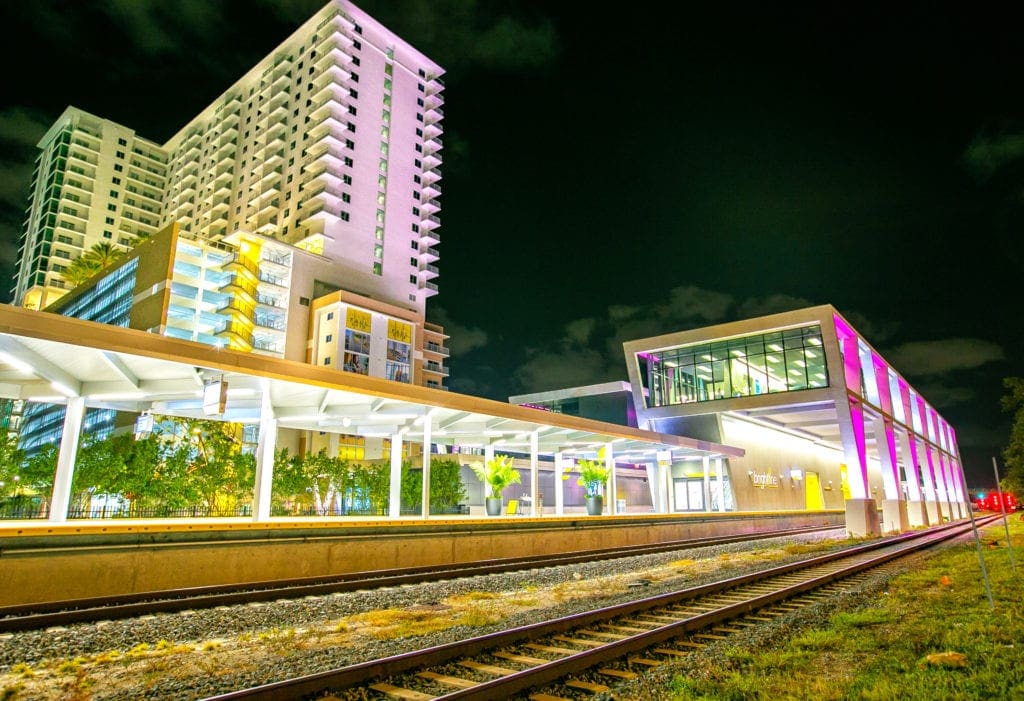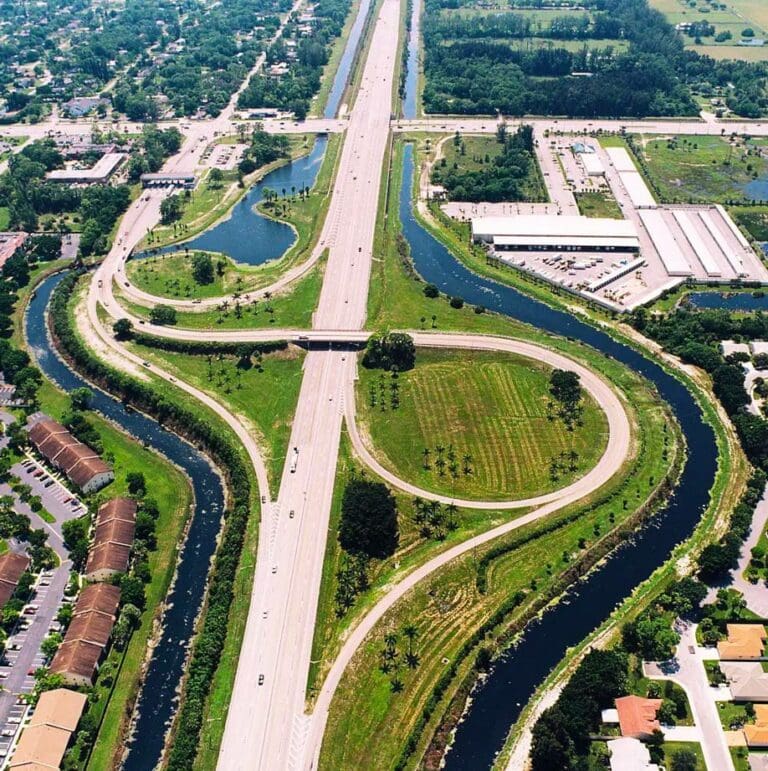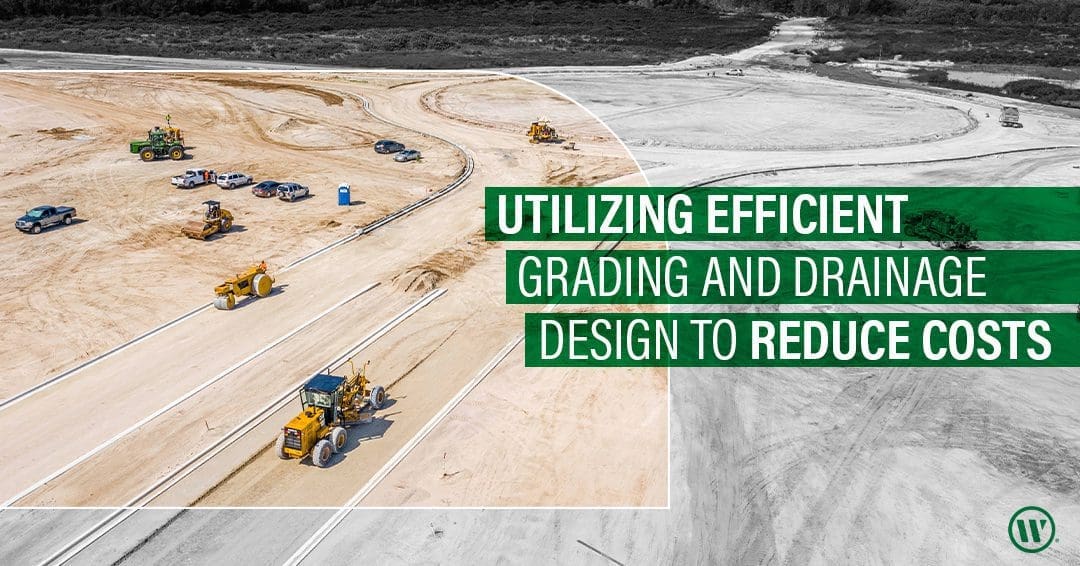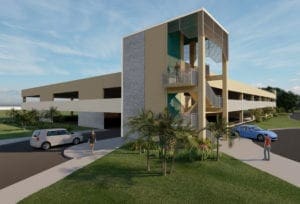Note: this is the fifth post in a multi-part series focused on single-family housing developments. Read more posts in the series:
Part 1: Planning and Feasibility Steps
Part 2: Zoning, Density, and Layout
Part 3: Site Investigation Report
Part 4: Coordination, Design, and Permitting
Part 5: Grading and Drainage Design
With most single-family projects, the chosen sites typically are larger due to economies of scale — not only with materials and grading but also with the planning and engineering services WGI provides.
The grading considerations on a single-family project can make or break the project’s construction budget or margins if the designer does not pay close attention to the site’s soils, drainage, and existing topography.
Finding The Proper Balance
To maintain the development’s profit margins, it is a design imperative that we balance a site for the movement of earthwork. To do this, our planning team includes senior-level team members that collaborate when we first analyze and layout a site.
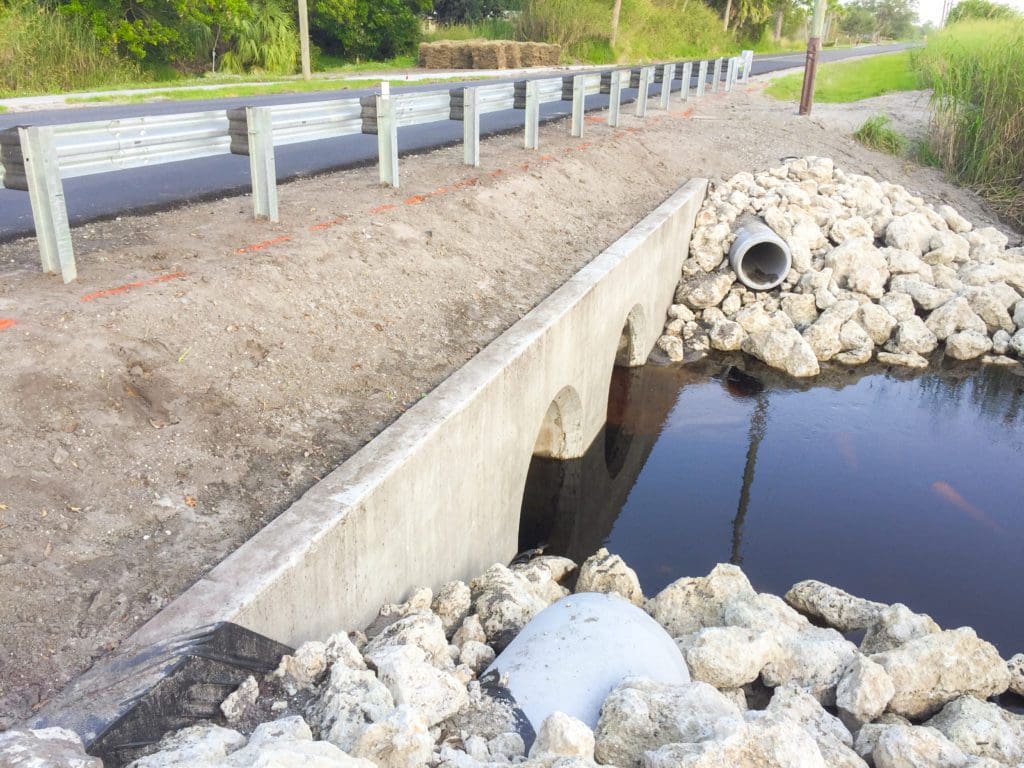
Curbing Water And Costs
The site’s layout not only functions from an upfront planning standpoint but is also initially based on drainage concerns and existing topography, making sure that the storm and flood routing can be handled on the site without undue use of storm sewer structures and piping.
We also look for ways to utilize streets and curbing to convey water as efficiently as possible. Curbing can carry water at a cost typically one-third than that of storm sewer piping, and we work to create a site that maximizes its use.
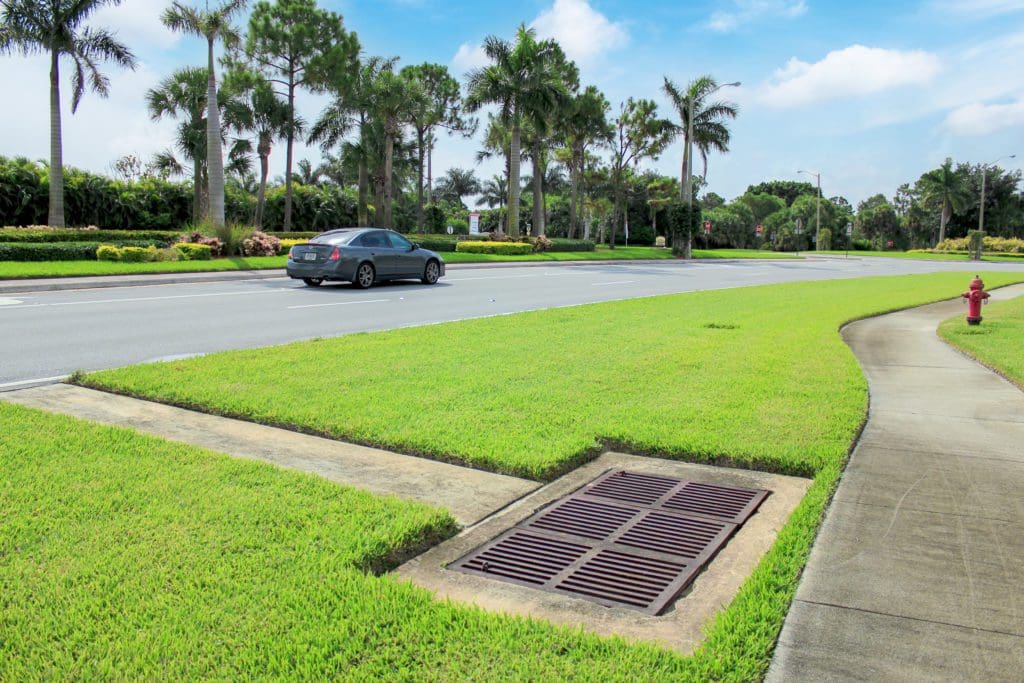
Getting Down In The Dirt
We then analyze the soil types and determine the amount of soil needed to offset its movement and if there is need for the addition of water to ensure proper compaction. If granular material is found on a site, we typically direct a contractor to borrow from them to correct areas that are not of suitable material.
All this is done with our typical engineering design service, creating savings for the developer with an area of added value we can provide a project. For reference, the cost to haul in material versus moving it when already on-site can be up to six times the cost, making it a high priority on our list to minimize bringing in material unless absolutely needed.
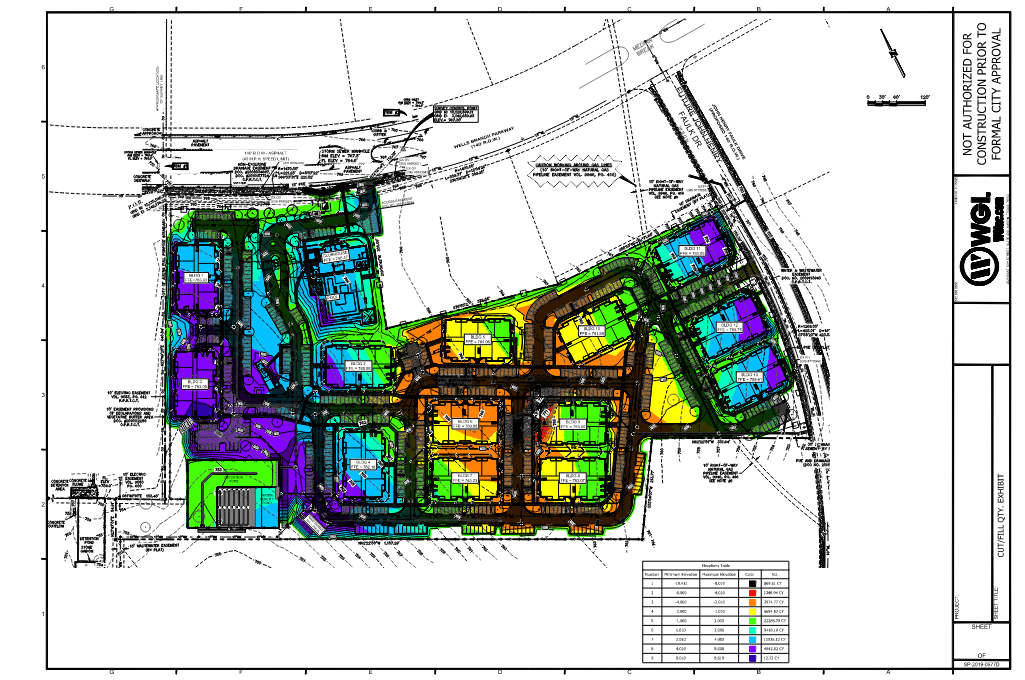
A Great Engineer Can Help You Reduce Costs
Grading and storm sewer are both major costs associated with a development and one of the only areas that an engineer can reduce their overall cost by utilizing good design techniques. All developments require streets, sanitary sewer, and water main to service single-family lots. Paying close attention to grading and drainage is imperative to maintain the lowest cost for our clients.
Let’s Get Started
Are you interested in reducing costs on your new development? Need assistance determining the best layout for your site? Reach out to us today and lets talk about how we can utilize our design talents and expertise to keep more money in your pocket!



